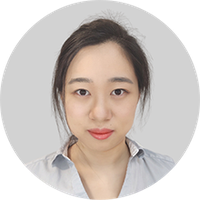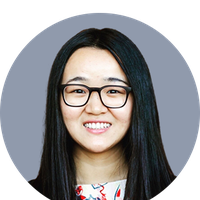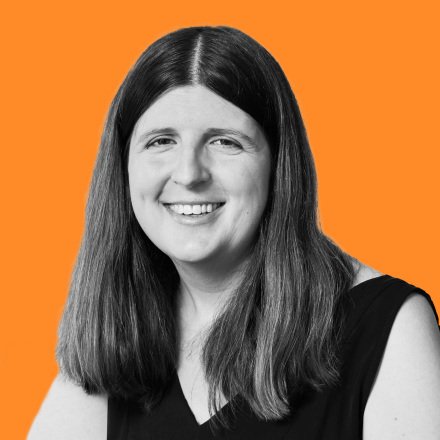Cornell University computer scientist Emma Pierson uses AI and emerging data science models to reveal how health disparities arise between sexes, races, socioeconomic groups, and other demographic categories. “These are fancy ways of saying I use math to find patterns in large data sets, and the specific types of patterns I’m looking for are attempting to answer sort of old questions in health and social sciences,” she says.
The “old questions” she’s investigating range widely in their specifics, but she focuses on uncovering how systemic inequalities in public health come to be, and pointing at ways to dismantle them. For example, by analyzing mobile-phone data, she recently showed that particular “superspreader” locations were primarily responsible for transmitting covid-19 across populations, and that low-income and minority communities suffered greater risk of exposure.
Beyond the pandemic, Pierson’s research team recently examined nearly a decade’s worth of data to show the extent of racial disparities in traffic stops made by police across the US. She analyzed menstrual health data from millions of women in 109 countries to demonstrate how effects on mood and behavior are experienced universally, seeking to destigmatize discussions around women’s health. And she used deep learning to study data on knee pain, revealing that the problem was often poorly measured and even exacerbated in patients from racially underserved groups and lower economic backgrounds.
Pierson has made it her mission to see this work break out of the confines of academia. She’s a fairly regular contributor to the New York Times and the Atlantic, offering up a layperson’s account of her work to a large audience. And she engages directly with organizations that can pressure policymakers. Her work on racial disparities in traffic stops ultimately led the Los Angeles Police Department to announce that it would reduce the number of random stops it conducted, and state departments of health leaned on her covid-19 findings to determine how to safely reopen businesses.
A self-professed math nerd, Pierson simultaneously earned a bachelor’s degree in physics and a master’s in computer science at Stanford before moving to Oxford as a Rhodes scholar, where she earned a master’s in statistics, afterward earning a doctorate in computer science at Stanford.
“I wanted to work on problems that were very concretely tied to people’s lives,” she says. “I think this sense was particularly driven by my own family’s medical history.” In December 2011, Pierson learned she was carrying a genetic mutation that increases her risk of breast and ovarian cancer, and it drove her to focus on work that could make an impact in health care and medicine.
Industries like health care deal with insanely large data sets that can really be understood only with the kinds of analytical techniques Pierson has mastered. The data might be the genomes of thousands of people, containing millions upon millions of data points, or medical images from many different patients, representing terabytes of information. AI tools can sort through this data and look for patterns that no human could readily identify. “Computational methods are not optional here,” Pierson says. “They’re the only solution.”




